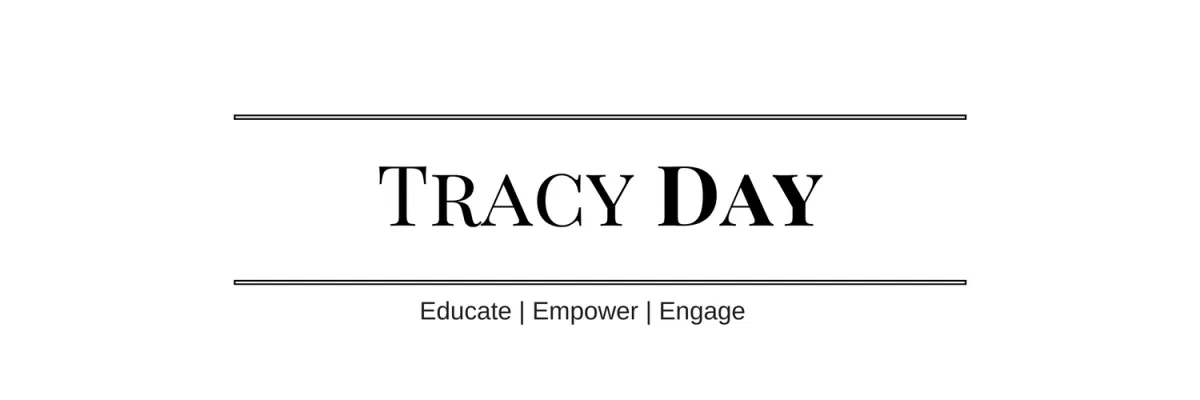Under Construction
Coach Tracy Day website is undergoing construction to better serve you. Please pardon the inconvenience as growth happens for each one of us.

Under Construction
Coach Tracy Day website is undergoing construction to better serve you. Please pardon the inconvenience as growth happens for each one of us.
